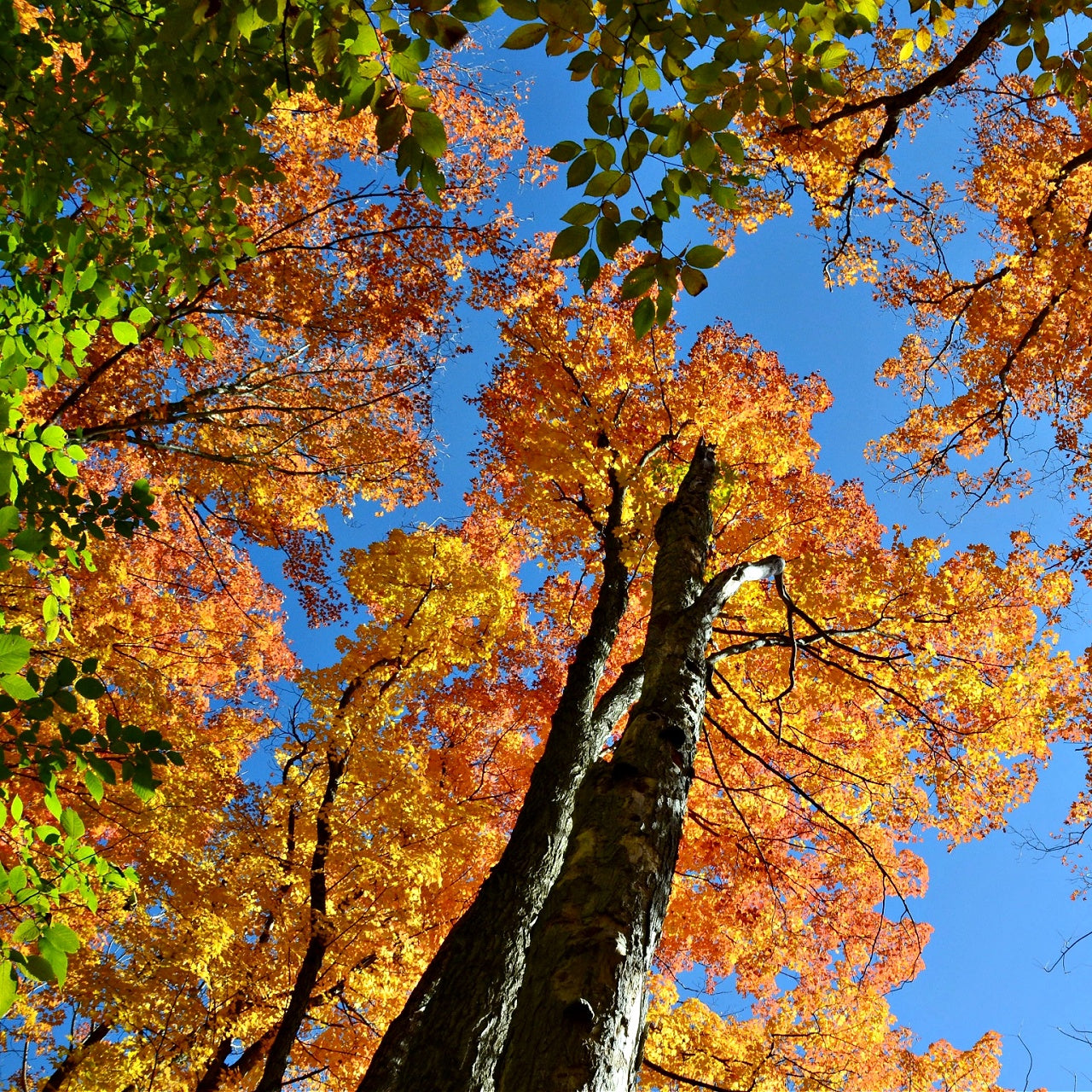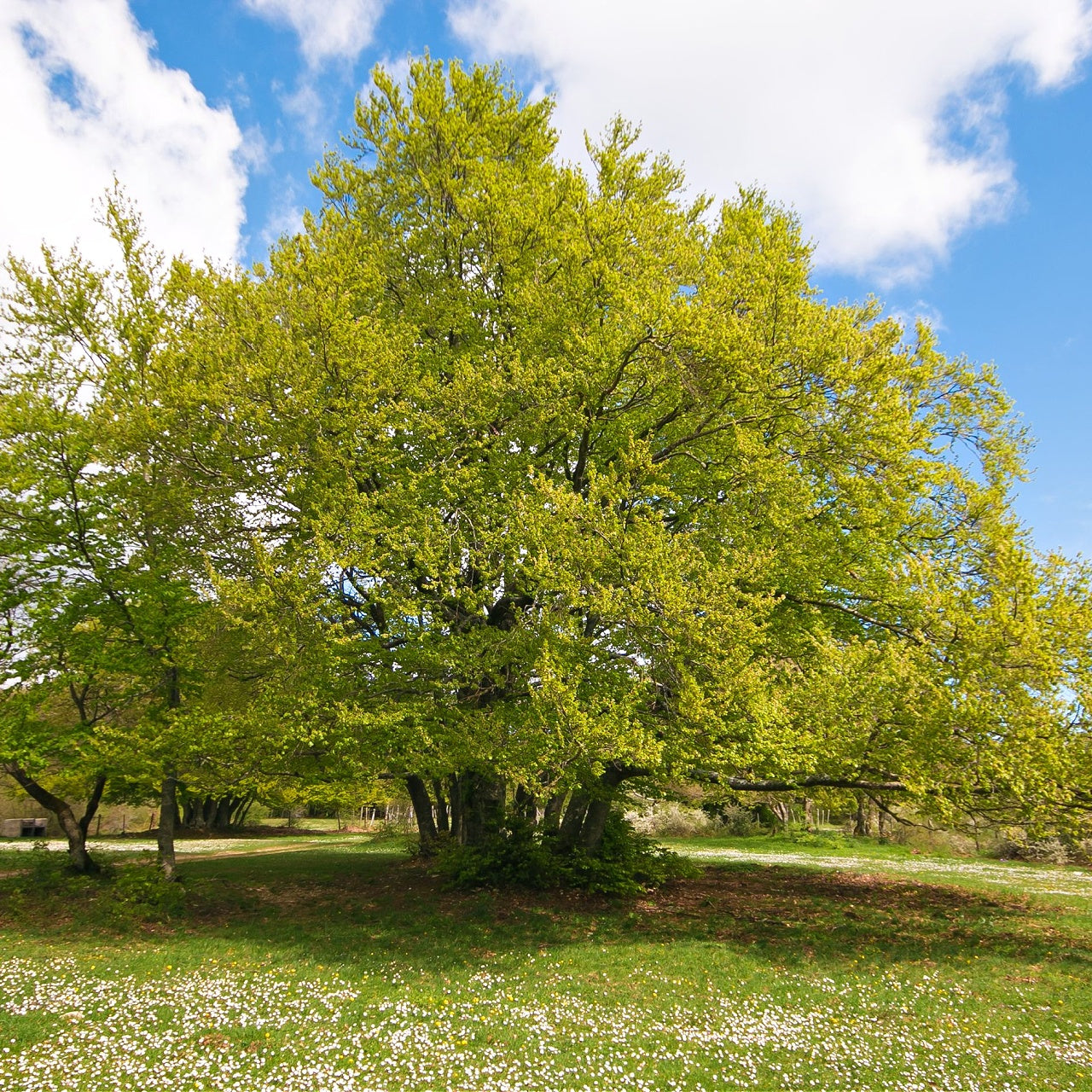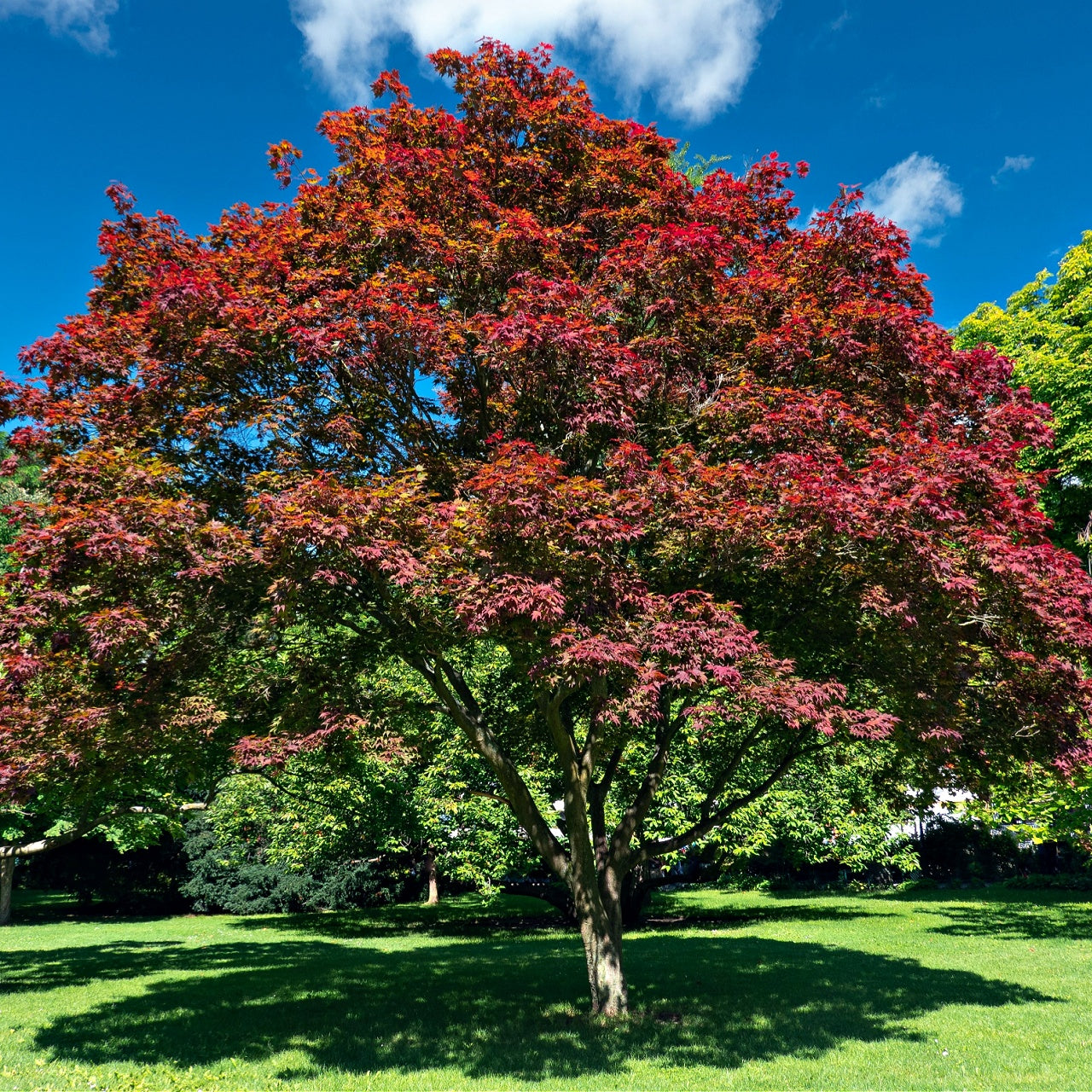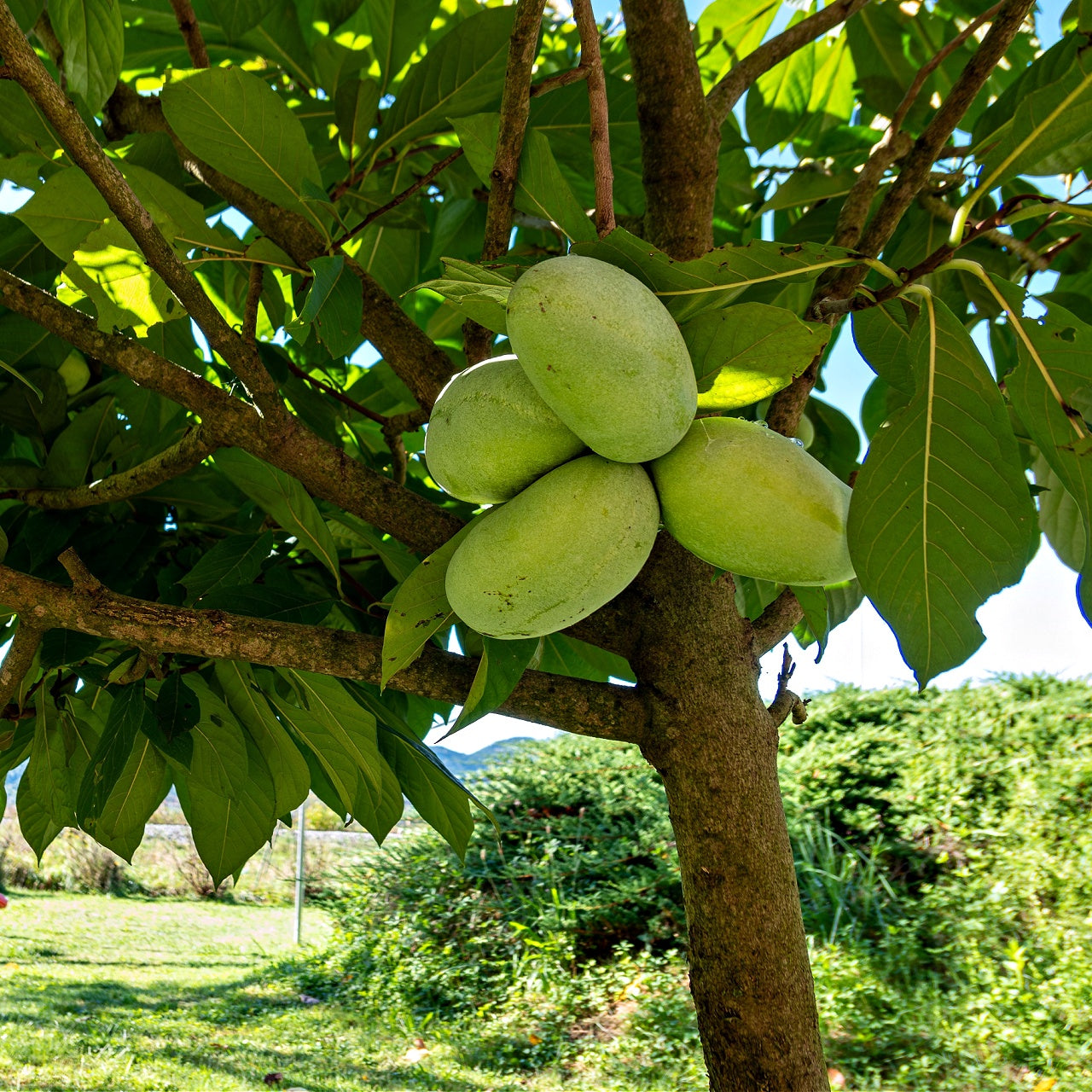
Are Clematis Perennials Exploring This Stunning Vine
Are Clematis Perennials Exploring This Stunning Vine
Clematis stands out as a climbing plant that continually captures attention with its stunning flowers. The dramatic flowers of clematis become a garden favorite for those who want vertical appeal alongside intense color when it cascades over arbors or twists along trellises. A persistent question that keeps arising is whether clematis plants are perennials. The response to the question is yes but there is additional information beyond this simple answer. This article provides detailed information on clematis plant care and its perennial growth cycle alongside a selection of native perennials that pair well with it.
Clematis Is a Perennial—But With a Twist
Clematis functions as a perennial vine which reliably comes back each season when cared for properly. The success of clematis as a perennial plant relies on selecting the appropriate variety and giving it proper planting and regular maintenance. Clematis paniculata (Sweet Autumn Clematis) stands out because it reliably returns every year. Particular hybrid varieties demand greater attention to soil quality and pruning practices as well as proper location selection to achieve healthy growth.
Different clematis species grow well in USDA Zones 4 to 9 and need shaded roots with warm sun exposure for their vines. Plant clematis two to three inches beneath the soil surface for protection against harsh winter conditions and to achieve perennial success.
Success with clematis blooms across multiple years depends on knowledge about its pruning group classification into Group 1 which blooms on old wood, Group 2 which blooms on both old and new wood and Group 3 which blooms on new wood. Correctly planting your clematis according to its pruning group will help you choose the best time and method to prune for optimal growth.
Native Plant Companions That Complement Clematis
Native perennials alongside clematis establish garden harmony and yield remarkable visual pairings. These native plants remain underappreciated but work exceptionally well alongside clematis plants:
1. Goat’s Beard (Aruncus dioicus): This fluffy creamy-white bloomer prefers partial shade and provides soft textural contrast next to clematis vines. Goat’s Beard works great as a base planting option to provide volume and attractiveness beneath climbing plants like clematis.
2. Prairie Alumroot (Heuchera richardsonii): This native alumroot stands out from hybrid coral bells due to its colorful foliage and hardiness as a ground cover which produces small flower spikes in early summer. This plant provides cool shade to clematis roots while creating an attractive environment for pollinators.
3. Downy Skullcap (Scutellaria incana): A native plant that remains underappreciated produces pale blue to lavender flowers which bloom during mid-summer when many clematis species reach their peak. This plant serves as a magnet for bees and butterflies and demonstrates strong resistance to both deer and drought conditions.
4. Purple Coneflower (Echinacea purpurea): Despite its popularity this native plant remains an ideal choice for clematis companionship. The upright growth pattern of these plants combined with their prominent flowers creates structured appeal and visual interest within garden beds.
5. Wild Geranium (Geranium maculatum): Wild geraniums serve as a root-cooling ground cover that provides early spring color and establishes a healthy foundation for clematis plants to flourish above.
Native plants foster biodiversity and pollinators while decreasing fertilizer and watering requirements which matches the goals of sustainable gardening.
Tips for Clematis Longevity and Landscape Integration
By choosing the right location and maintaining your clematis you can achieve its full perennial potential. To establish vertical support and visual appeal, plant clematis near a trellis or arbor and consider using American Beautyberry (Callicarpa americana) as an established shrub option.
Maintain rich well-drained soil conditions and apply mulch around the plant base to preserve stable moisture and temperature levels. Clematis does not tolerate wet roots hence avoid planting them in overly moist soil conditions. Winter mulching provides protection to plant crowns and roots against freezing conditions in colder areas.
Strong root growth and repeat blooms in clematis plants can be stimulated by applying low-nitrogen, high-phosphorus fertilizer during early spring and after the flowering period. Regularly remove dead or weak stems while pruning according to the vine's group classification to maintain its vigor.
Clematis plants thrive even in limited garden spaces or when grown in containers. Compact clematis varieties such as ‘Arabella’ and ‘Little Bas’ create an attractive naturalistic effect when planted in large pots along with native blue-eyed grass (Sisyrinchium angustifolium) or foamflower (Tiarella cordifolia) at the base.
In Conclusion
Clematis plants endure year after year, and they become lasting highlights in sustainable gardens when they are combined with native plant partners. When you select appropriate cultivars and plant them strategically together with underutilized hardworking natives like Downy Skullcap or Prairie Alumroot, you guarantee your garden will thrive during multiple growing seasons.
Whether you're an experienced gardener or a newcomer to vertical gardening the use of clematis with underused native plants results in an attractive yet environmentally beneficial landscape, contemporary gardening practices emphasize functional beauty that thrives continuously.






